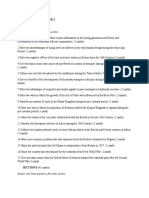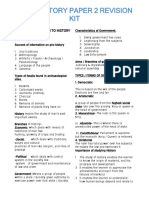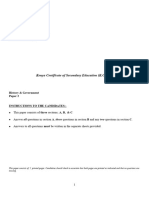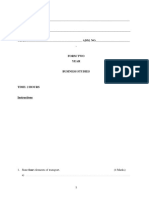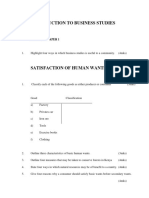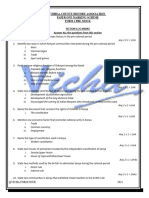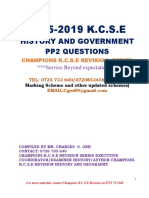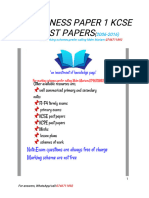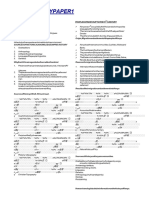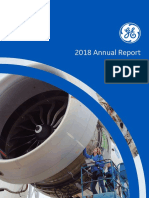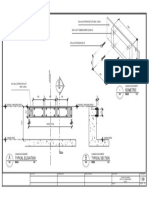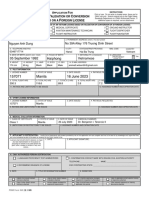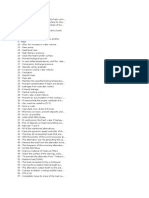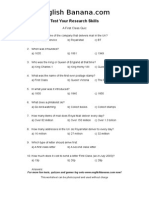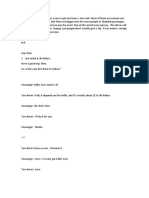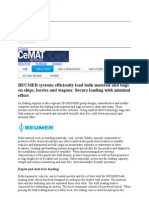100% found this document useful (1 vote)
3K views3 pagesHistory Form 2 Marking Scheme
This document contains a marking scheme for a history and government exam for Form One students at St. Bernard Kakurikit Secondary School. The marking scheme lists 15 multiple choice and short answer questions assessing definitions of key terms, identification of historical figures, groups, sites, and sources of information on Kenyan history and government. It also includes two essay questions on factors promoting national unity in Kenya and goods exchanged and slave obtaining methods during the Trans-Saharan and Trans-Atlantic trades.
Uploaded by
imamaijumaCopyright
© © All Rights Reserved
We take content rights seriously. If you suspect this is your content, claim it here.
Available Formats
Download as DOCX, PDF, TXT or read online on Scribd
100% found this document useful (1 vote)
3K views3 pagesHistory Form 2 Marking Scheme
This document contains a marking scheme for a history and government exam for Form One students at St. Bernard Kakurikit Secondary School. The marking scheme lists 15 multiple choice and short answer questions assessing definitions of key terms, identification of historical figures, groups, sites, and sources of information on Kenyan history and government. It also includes two essay questions on factors promoting national unity in Kenya and goods exchanged and slave obtaining methods during the Trans-Saharan and Trans-Atlantic trades.
Uploaded by
imamaijumaCopyright
© © All Rights Reserved
We take content rights seriously. If you suspect this is your content, claim it here.
Available Formats
Download as DOCX, PDF, TXT or read online on Scribd
/ 3


